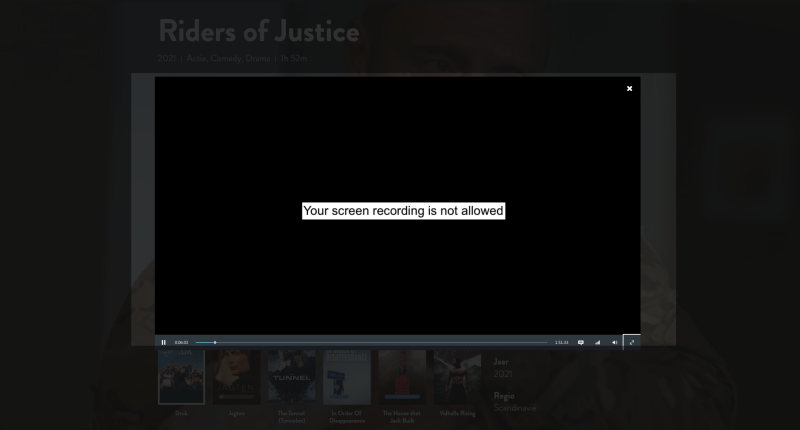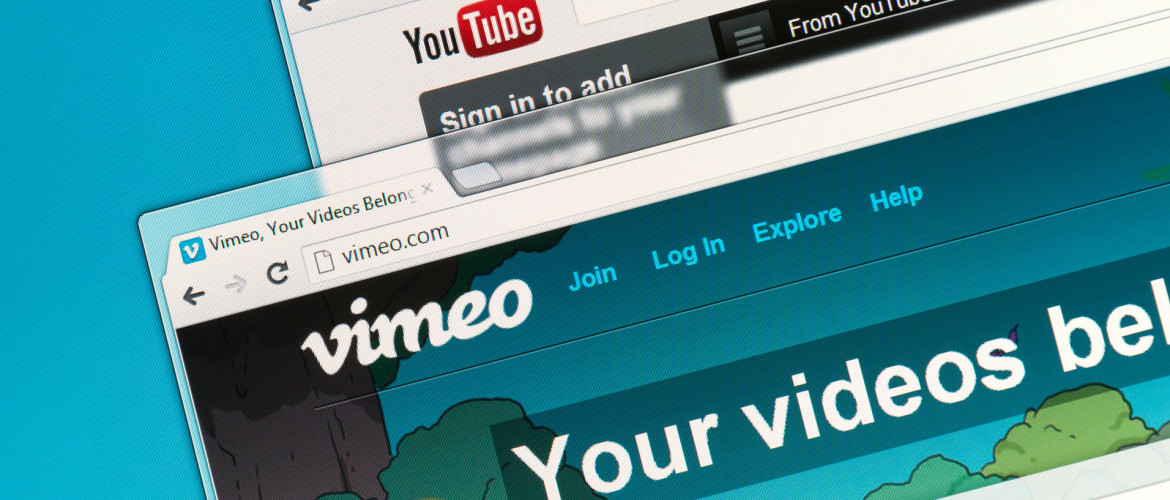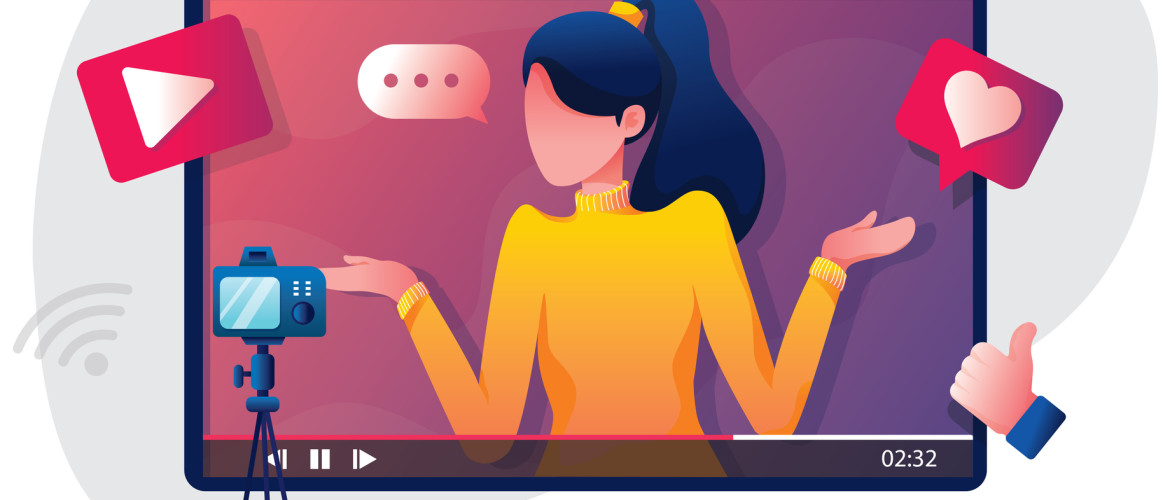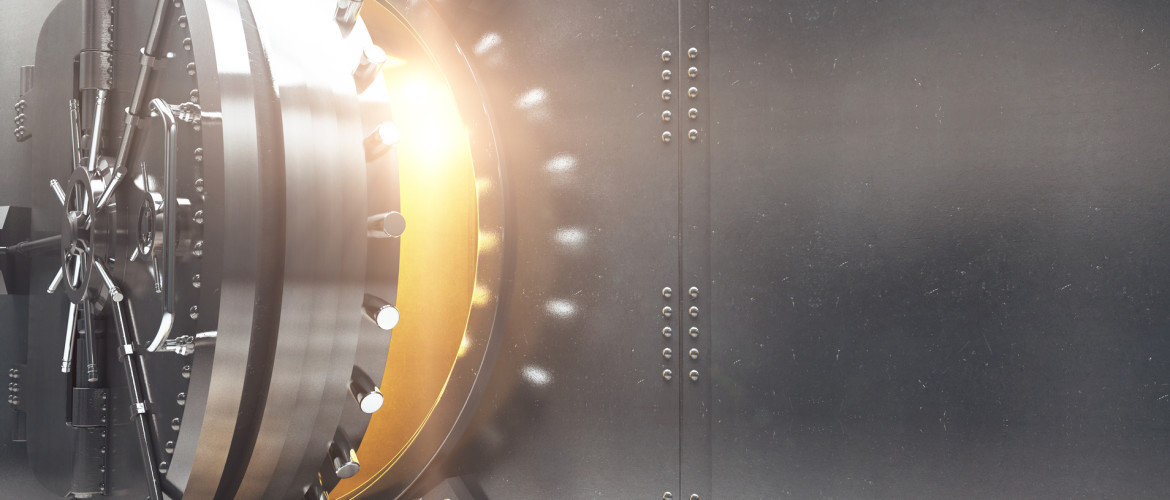DRM is the abbreviation for Digital Rights Management. Digital Rights Management refers to the technological measures used to control the access, usage, and distribution of digital content. It is primarily employed by content creators, publishers, and distributors to protect their intellectual property rights and prevent unauthorized copying, sharing, or modification of their digital products. In other wordsIt is the way to prevent illegal download or screen capturing.
This is of course very important for OTT websites where you can watch paid video content (Netflix or YogaTV). Now that more and more content owners have their own online video environment, it is important that you think about security. After all, you don't want to miss out on revenue because your content is just shared without users paying for it.
Benefits of DRM
Here are some of the perceived benefits of DRM:
- Intellectual property protection: DRM helps protect the intellectual property rights of content creators and copyright holders. It prevents unauthorized copying, distribution, and modification of digital content, reducing the risk of piracy and infringement.
- Revenue generation: By implementing DRM, content creators can exercise greater control over their content, which can help them monetize their creations. DRM enables the enforcement of licensing models, such as pay-per-view, subscription-based access, or limited-time rentals, allowing content owners to generate revenue from their digital products.
- Encourages investment and innovation: DRM provides content creators and publishers with a level of assurance that their investments in developing and distributing digital content will be protected. This encourages innovation and creativity by ensuring that creators have a means to profit from their work, potentially leading to a more vibrant digital content market.
- Supports diverse business models: DRM allows for the implementation of various business models tailored to different types of digital content. For example, DRM can enable time-limited trials or demos, tiered access levels, or bundling of content with hardware or other services. These flexible business models can enhance consumer choices and enable new revenue streams.
- Content control and customization: DRM enables content owners to control how their digital content is accessed and used. It can enforce region-specific restrictions, limit the number of devices a user can access content on, or allow customization options such as subtitles or language preferences. These features can enhance the user experience and cater to specific market demands.
- Security and anti-piracy measures: DRM systems often include encryption and other security measures to protect digital content from unauthorized access or tampering. While no system is entirely foolproof, DRM can act as a deterrent and make it more challenging for casual users to engage in unauthorized copying or distribution of content.

DRM protection; different encryption options
With DRM protection you encrypt your content so that it cannot be read without a ‘key’. You add an extra layer of security that prevents a user from simply capturing their screen or copying your file.
DRM is actually a collective name for various methods of securing media. For example, you have different encryption methods such as:
- Microsoft PlayReady DRM
- Google Widevine
- AES encryption (the successor to DES)
- FairPlay encryption
Each of these options has its own encryption methods. In addition, it is important that you choose a DRM method that suits your target audience. For example, FairPlay only works on Apple devices, and Microsoft PlayReady only on Android devices and Chrome web browsers. Sometimes it is necessary to encrypt your videos in multiple ways because one method does not adequately cover your target audience.
As video platforms become increasingly popular, it is also increasingly important to encrypt video platforms properly. New DRM protection is therefore constantly evolving and becoming increasingly user-friendly.
DRM: Start encrypting your videos
A DRM platform is of course very obvious for companies like Netflix. However, many more companies can now benefit from DRM protection. After all, it’s always good to protect your products from piracy, like what you do in a traditional store.
DRM is becoming cheaper, more accessible and more relevant for other companies that want to start up their own video platform. This is how we work with AudiencePlayer. We support all the above-mentioned DRM methods, and you get it for free. This way you can also protect your films, courses, trainings and workshops!
Are you thinking about starting a video platform with standard DRM protection on your videos?
Contact our team and we love to help you.





